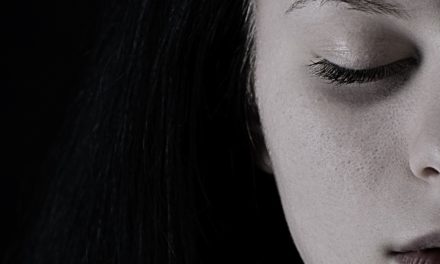What’s the deal with some of the shampoo and conditioner ingredients being toxic and still approved. Here’s an immediate reckoner of toxic ingredients!
What goes into shampoo and conditioners?
Traditionally a lot of ingredients! Ingredients for making hair smoother, shinier, softer, plumper, straighter, curlier, bouncier…..It takes a lot to deliver the perfected hair that the advertisements promise. Plus there are preservatives, which are needed of course, however these may not be the safe ones. To bring it all together and make our hair smell like roses, lilies, ocean, clean, all the flowers and fruits that we love, there are synthetic fragrances.
While not all the ingredients are disruptive to our health, quite a few are. Some are straight up toxic, few carcinogenic, while others disrupt pH and the worse ones are bio-accumulative showing up in muscles and tissues after years of use.
“truth be told we like stuff “affordable” “cheap” and paisa wasooli“
Why are toxic ingredients used?
The cumulative effects of mysterious ingredients aren’t seen as immediate. At least thats’ what the respondents felt when asked why they rather use shampoos and conditioners with big promises but hazardous bio effects. Its the dalda and ghee story. For cooking both have the same effect- great taste enhancers, add to crispiness and smell great. Yet dalda clogs arteries among other damage while ghee is now known as the best fat one can have for long term health benefits. And yes dalda is cheaper, therefore its popularity. As we got wiser some of us moved away yet one is still surprised to find someone swearing by it! PHEW.
What the most toxic ingredients and why are do they need to go into my product?
All of these do serve a purpose; the problem though is that the damages caused by them far outweigh the benefits. Especially since there are far safer options available to manufacturers. About 60% of the products used dissolve into our blood and organs. And here is a short list of the top offenders.
- Triclosan: accumulates in our fat cells causing organ system toxicity. Used as anti-bacterial.
- Phthalates, are potential carcinogens. These are strongly linked to endocrine disruption, early puberty in girls, and increased asthma in children. Used for fragrance.
- Polysorbates: disrupts the skin’s natural pH. Used to dissolve oils.
- Polyethylene Glycol (PEG) Dioxins have a direct link to cancer, and also cause organ system toxicity. Used to thicken the product.
- Potassium Sorbate: It causes skin and organ system toxicity. Used as a preservative.
- Phenoxyethanol: Causes organ system toxicity. Used as preservative.
- Retinyl Palmitate: Retinyl palmitate,can speed the development of skin tumours and lesions
- Dimethicone: It builds up while forming an wrap barrier on the outside of the skin. This barrier also traps impurities and natural oils. Used for shine.
- Behentrimonium Chloride: It is a toxic compound. Used as a preservative and surfactant.
- Quaternium-15: extremely carcinogenic. Used as a preservative and surfactant
SLS: Sodium lauryl sulfate (SLS) I have to mention the much maligned ingredient! This ingredient though is not known to be hazardous to health or skin. It is often misrepresented due to unintentional poor understanding of its toxicology by enthusiastic beauty writers. Here is an article by NCBI on clearing SLS as an unwanted irritant and how it is misrepresented: https://www.ncbi.nlm.nih.gov/pmc/articles/PMC4651417/
EWG puts it at low to moderate concern! I would use it.
There are also parabens. I am sharing here research as of 2019- With ongoing research aimed at clearing the air for some the risky products the information is continuously updated. The same is with Parabens.
“Although there have been consumer concerns regarding endocrine disruption or carcinogenicity associated with parabens, definite evidence of their harm is lacking in the scientific literature, and many studies confirm their safety.” “The reported association between parabens and breast cancer is closely related to their theoretical estrogenic effects. The conversation regarding parabens and breast cancer has been fueled by the identification of parabens in human breast tumors and their presence in concentrations similar to what is needed to stimulate in vitro breast cancer cells.2 The existing data do not confirm causation.”
What goes into my shampoo and conditioner bars: I create my own skin and hair care products on request only. These are customized to your favourite scents as well as per specific needs of your skin and hair.
- Cocoa butter / Tacuma butter / Mango butter for conditioning and structure
- Natural fragrances if at all or none
- Pure carrier oils like Olive oil, Coconut oil, Argan oil
- Aromatherapy oils
- Safer surfactants and
- Preservatives: Safe preservatives that are used in concentrations of 0.1 per cent to 0.5 per cent of the entire formula while still achieving broad spectrum protection.
So yes, expensive ingredients means manufacturers cannot use these. The costs would have them out price their product. At the cost of being philosophical, what do we consider cheap and affordable though? In context of our health is the affordable product worth it? However, this is not to say that all-things-good-are-expensive. NOPE. The best thing to do is understand label reading and google search to compare safe products and choose one that is reasonably priced for its benefits.



